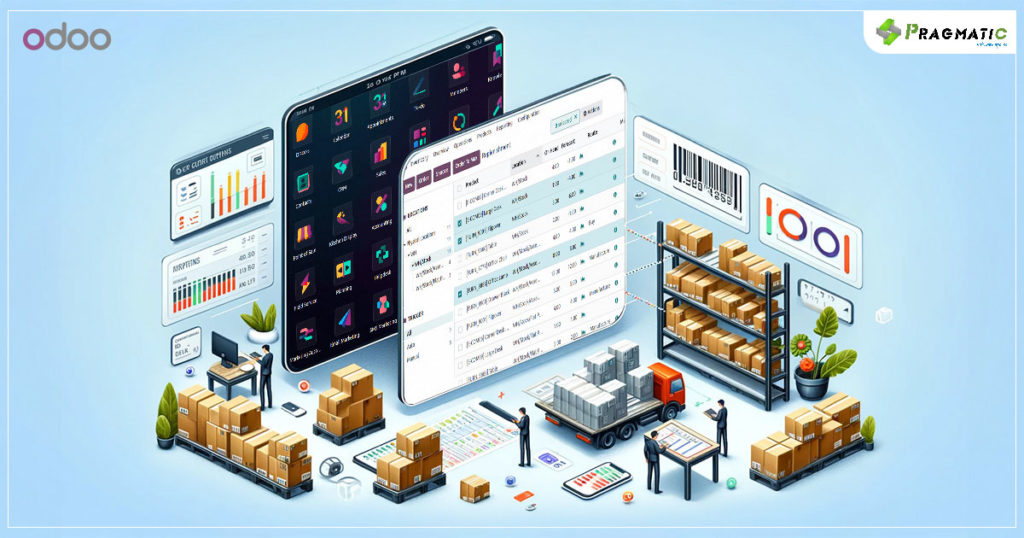

Are overflowing warehouses and stagnant inventory plaguing your business? You’re not alone.
In today’s dynamic market, managing inventory effectively can feel like a constant battle. But what if there was a way to manufacture only what your customers need, when they need it?
MTO (Make-to-Order) replenishment rules in Odoo is a powerful feature that offers a revolutionary approach to inventory management, empowering businesses to streamline operations, optimize supply chains and gain a competitive edge.
This blog serves as your guide to understanding MTO replenishment rules in Odoo 17. We’ll explore the different types available, their benefits and how to implement them effectively.
So, ditch the inventory headaches and embrace the future with MTO replenishment rules in Odoo!
Excess inventory is a common challenge faced by many businesses, leading to increased storage costs, product obsolescence and reduced cash flow.
MTO in Odoo 17 presents a compelling solution by enabling businesses to :

1) Reduce inventory holding costs : By manufacturing products only upon receiving customer orders, businesses can significantly free up valuable storage space and associated costs.
2) Enhance product customization : MTO caters to customer demands for unique or personalized products, offering a competitive edge in today’s experience-driven market.
3) Minimize waste and obsolescence : MTO helps businesses avoid overstocking products with low demand, reducing the risk of product obsolescence and associated write-offs.
MTO replenishment rules in Odoo dictate how the system automatically triggers the creation of manufacturing orders (MOs) based on confirmed sales orders. These rules are crucial in ensuring efficient MTO workflows and aligning production with actual customer demand.
1) Replenish on Order (MTO)
This is the default MTO rule in Odoo and is typically used for products with low demand or high customization options. Whenever a confirmed sales order is received for an MTO product, Odoo automatically generates an MO to manufacture the specific quantity required for the order.
2) Manufacture to Stock (MTS) with MTO fallback
This hybrid approach combines the benefits of both MTS and MTO strategies. Odoo maintains a minimum stock level for the MTO product. If a sales order exceeds the existing stock, Odoo automatically triggers an MO to fulfill the remaining quantity, ensuring uninterrupted deliveries.
3) Minimum Order Quantity (MOQ)
This rule allows businesses to define a minimum order quantity for MTO products. If a sales order falls below the MOQ, Odoo won’t generate an MO until the minimum quantity is reached, potentially through combining multiple smaller orders.
MTO replenishment rules in Odoo offer a strategic approach to inventory management, empowering businesses to adapt to evolving customer demands and optimize their supply chains.
At Pragmatic Techsoft, we possess extensive experience in implementing and optimizing Odoo solutions for businesses of all sizes. Our team of certified Odoo experts can guide you through the entire process of configuring MTO replenishment rules, ensuring a seamless integration with your existing workflows and maximizing the benefits of this powerful Odoo feature.
Stay tuned to our website and blogs for further insights on utilizing Odoo features to enhance your business operations.
Additionally, connect with our team today to discuss how Pragmatic Techsoft can assist you in implementing MTO replenishment rules and streamlining your Odoo inventory management.
Leave a Reply
You must be logged in to post a comment.